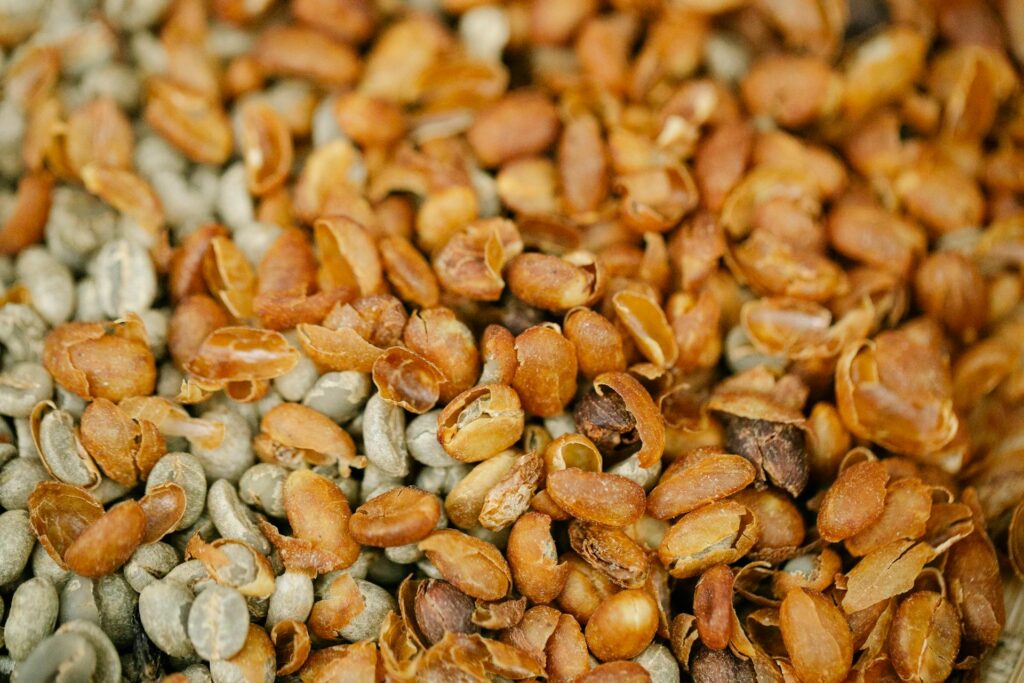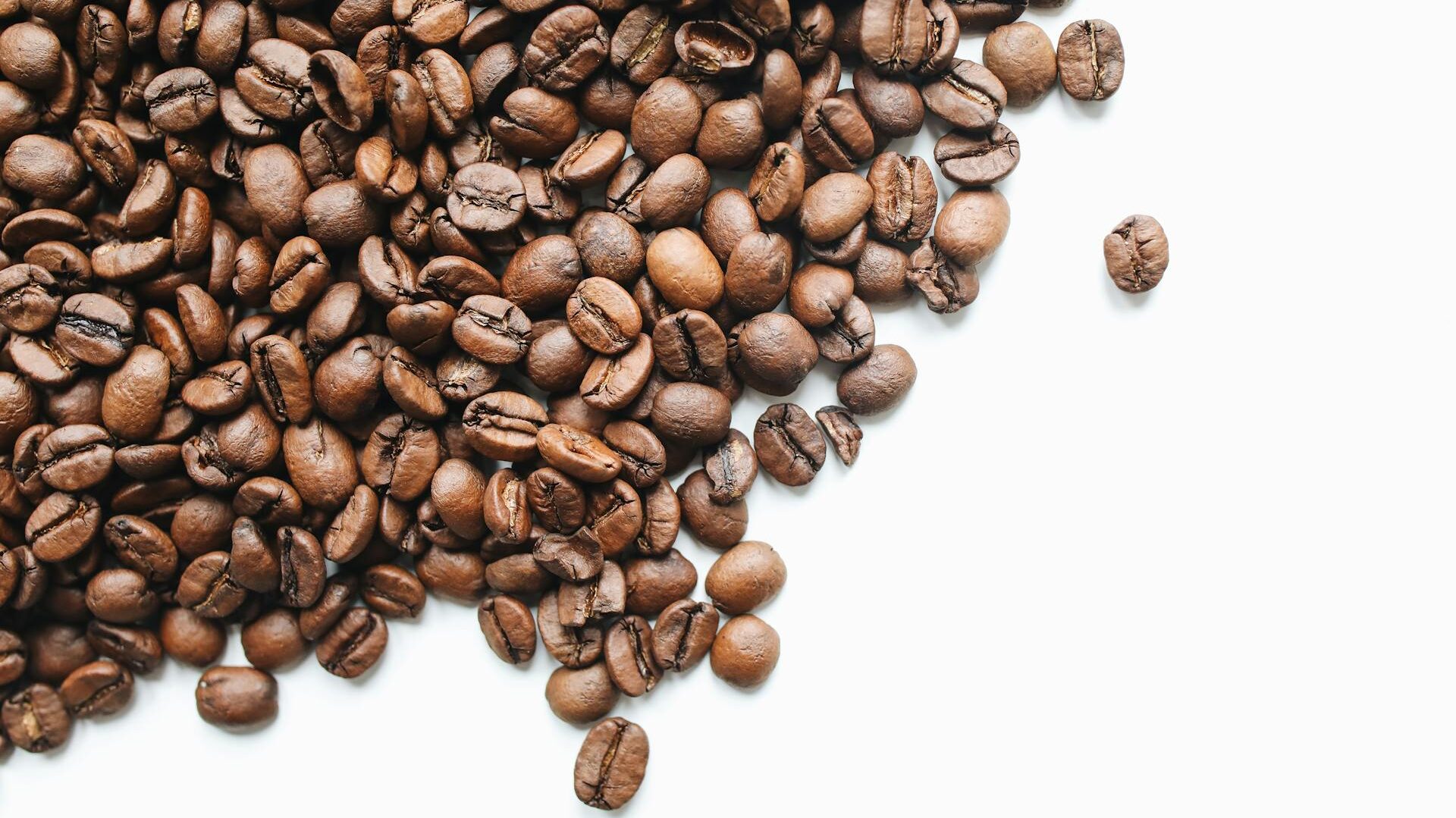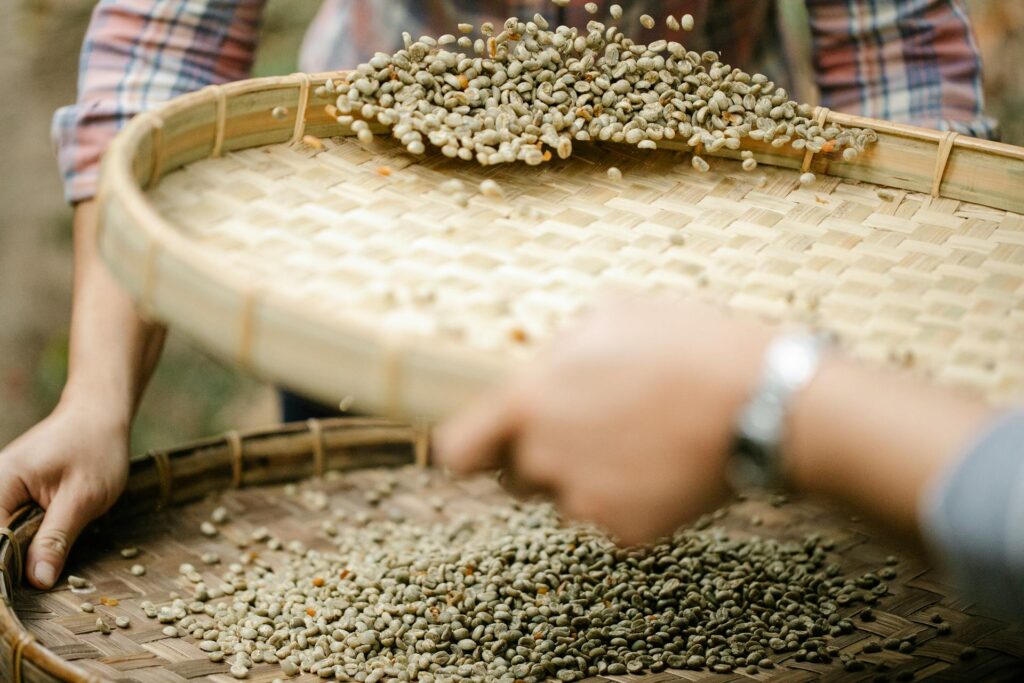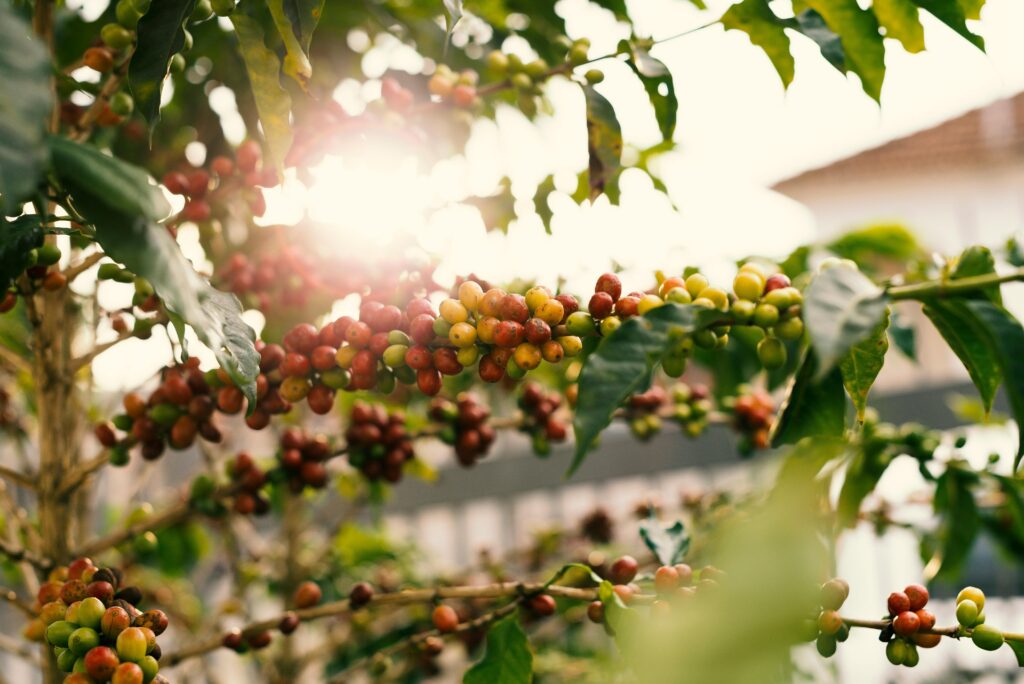Have you ever wondered how much we really know about the second-most consumed beverage in the world? Well, you’re not alone. Millions of individuals around the world indulge in the pleasure of drinking coffee, but few know about them. From its humble origin in Ethiopia to the array of beans available today, this coffee bean’s diverse world is as captivating as its aroma and taste.
Every day, people around the world consume over 2.25 billion cups of coffee. The United States holds a significant position as the largest consumer of coffee. Today, we’ll be exploring different stages of the coffee bean and the factors that shape its unique flavor and characteristics.
How was coffee discovered?
Legends claim that coffee cultivation began in the 9th century, when an Ethiopian goat herder named Kaldi first discovered coffee plants growing wild in mountainous rainforests near the Kaffa region. One afternoon, he noticed his goats became exuberant after eating certain leaves and berries from a small shrub. Thus, we have discovered the magical energetic properties of caffeine.
People knew they could get more out of coffee. Coffee gained popularity and spread throughout the Ottoman Empire by the end of the 15th century, leading to its trade in various parts of the world. In the mid-17th century, the Dutch introduced a new, stimulating beverage in Ceylon, Java, Sumatra, and across Southeast Asia. Gradually, the coffee culture fascinated people and took over the world.
What is a coffee bean? A fruit or a seed
Most people today are familiar with coffee beans, but they are unaware of the process that turns this type of coffee into a bean. Coffee trees are evergreen plants that are the foundation of one of the world’s most beloved beverages.
Coffee trees produce hundreds of little cherries with seeds inside, known as the coffee bean. One could say that coffee cherries are the purest state you’d find coffee in. Each of these bright red cherries contains coffee bean seeds. Once processed and roasted, these seeds transform into coffee beans. Despite their name, coffee beans are actually seeds from coffee cherries that grow on a coffee plant.

Where does coffee grow?
Coffee is primarily cultivated in tropical regions around the world known as the “Coffee Belt” or “Bean Belt.” The Coffee Belt produces optimal growing conditions for coffee plants, including rich soil, altitude, climate, and mild temperature, which significantly influence the flavor profile and quality of the beans.
Coffee grown at higher altitudes, from 1200 to 2400 meters above sea level, often exhibits bright acidity and complex flavors, while those grown at lower altitudes may have a less complex and more refined taste. There are three main growing regions: Africa, Central America, and Southeast Asia. Some of the biggest coffee-producing countries along the coffee belt are Brazil, Colombia, Vietnam, Indonesia, Ethiopia, India, and Sumatra.
Within the coffee belt, there are two main popular coffee species: Coffea Arabica and Coffea Cenophera, mostly known as Robusta. Brazil, Colombia, and Peru are famous for producing high-quality Arabica beans, which often feature bright acidity and fruity, nutty notes. Ethiopia is also renowned for its diverse Arabica varieties. While most Asian countries produce a mix of Arabica, Robusta, Liberica, and Excelsa beans.
Where do coffee beans come from?
Coffee trees are evergreen plants that form the foundation of one of the world’s most beloved beverages. They belong to the genus Coffea, commonly known as coffee. There are over 120 coffee species around the world. The two main species of the coffee plant in general that are typically grown commercially are Coffea Arabica and Coffea Cenophera, better known as Robusta.
Coffee plants can be grown as bushes or grapevines. These plants have glossy, dark green leaves. This woody shrub can grow up to 30 feet tall or more, but on a typical coffee farm, it is pruned once a year. After planting, these plants will begin to produce fruit approximately 3 to 4 years later. Depending on various factors, some coffee varieties may take longer and typically continue to produce for 30 to 40 years. White flowers cover these plants every spring, transforming into bright red cherries. Coffee cherries grow alongside the plant branches; each cherry contains two seeds inside.
Types of coffee beans
There are primarily two main species of coffee beans, known as Arabica and Robusta. There are numerous varieties within these two species, each with its own unique flavor, characteristics, and growing conditions. Understanding the different types of beans will allow you to make informed choices based on your personal preferences and quality which will enhance your brewing journey.

Arabica (Coffea Arabica)
Arabica is the world’s most commonly consumed coffee bean, accounting for 60% of global coffee production. They are renowned for their unique flavor, which often features bright acidity, a medium body, and fruity, nutty notes. These beans are typically oval-shaped and require specific growing conditions, including high altitude, nutrient-rich soil, and steady rainfall, making them more difficult to cultivate compared to other coffee beans.
Arabica has many different types of varieties such as Typica, Bourbon, and Geisha. Ethiopia, the birthplace of coffee, is known for its diverse Arabica varieties with distinct flavors. Various high- altitude regions across Africa, South America, and Central America now grow these beans. regions across Africa, South America, and Central America now grow these beans. Countries like Brazil, Colombia, and Peru are famous for producing high-quality Arabica beans, often characterized by their bright acidity, full body, and intense fruity palate.
Robusta (Coffea Cenophera)
Robusta beans are the next most common coffee beans, known for their strong, bold flavors and higher caffeine content compared to Arabica. Compared to other types, Robusta beans are larger and rounder, grow essentially anywhere in the coffee belt, and are more resistant to diseases and pests.
Africa and Indonesia are the primary growing regions for Robusta beans. It is especially popular in Vietnam, which now makes up 40% of global coffee production. These plants grow significantly larger than Arabica plants. Espresso blends often use Robusta beans, which are more bitter than other types of beans.
Liberica (Coffea Liberica)
Liberica coffee beans are a rare and unique commodity, accounting for a small fraction of global coffee production. It has a contentious reputation for its wildly inconsistent flavor and irregular shape compared to Arabica and Robusta beans.
Liberica beans originated in Liberia, West Africa. Today, countries like the Philippines, Malaysia, and Indonesia primarily grow these beans. Although Liberica beans make up more than 94% of the coffee production in Malaysia, this species hardly receives any recognition. The majority of Liberica beans have irregular forms because they come from a much larger plant. The Liberica plants love hot weather and grow well at low elevations.
Excelsa (Coffea Excelsa)
Excelsa beans are basically a variant of the Liberica species that grows primarily in Southeast Asia and Africa. These beans have a distinct flavor profile, characterized by tart, fruity notes and a light body. Excelsa beans are elongated, oval-shaped, and are especially grown in countries like Vietnam and the Philippines.
Excelsa coffee trees are more resistant to diseases compared to other types of coffee trees. These beans grow on huge plants that can reach up to 25–30 feet. Due to their unusual depth of flavor and lower caffeine content, Excelsa beans often add complexity to blends.
Understanding the coffee harvesting and processing methods
Over time, coffee consumption has evolved from a traditional beverage to the roasted and brewed beans we know today. The term “coffee” refers to every part of the coffee production process that involves multiple stages. It begins with the coffee trees, which take up to 3 to 4 years to fully mature and bear fruit. These crimson-red cherries are then harvested by hand or machine. The beans then undergo a series of processes, including sorting, grading, and roasting, to bring out the aroma and flavor locked inside the green coffee.
Here’s a detailed overview of several processes that influence the flavor profile of your fresh, exotic brew.

Wet process
We harvest the ripe dark cherries, remove the mucilage during the washing process, and then transfer the coffee to a fermentation tank. After the fermentation process concludes, we remove the coffee from the tank and thoroughly wash it to eliminate any remaining mucilage from the bean. We then lay the bean out in the sun to dry until it reaches the desired moisture content. You can then store the beans until they are ready for export.
Natural or Dry Process
The natural process, also called the dry process, is one of the oldest methods used to remove the coffee seed from the coffee cherry. In this process, we remove the coffee seeds within 8 to 12 hours after being harvested. In the drying process, cherries undergo their fermentation stage on the drying beds. After drying, a hulling machine uses friction to remove the fruit from its parchment layer, and a warehouse stores it until it’s ready for shipping.
The journey of a coffee bean takes more time and has more hands involved than you might think, so appreciate your next brew as much as possible. Whether it’s savoring a moment with yourself or enjoying a cozy date at a café, coffee is much more than just a beverage. From its social significance to its impact on global production, it’s a beverage that brings people together and enriches our daily experience.


Pingback: How to roast coffee beans at home - using Popcorn Machine or